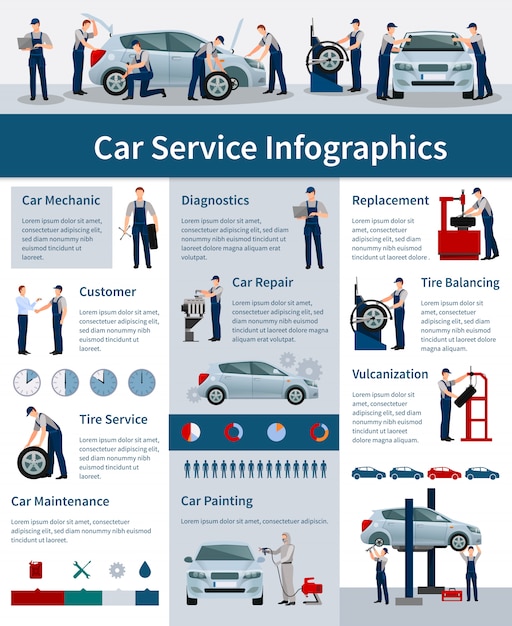Analyzing Your Auto'S Caution Indicators: What They Actually Communicate
Analyzing Your Auto'S Caution Indicators: What They Actually Communicate
Blog Article
Composed By-Hartley Gilbert
When you lag the wheel, those beautiful caution lights on your control panel can be a bit perplexing. Do you recognize what they're trying to inform you regarding your auto's wellness? Understanding the value of these lights is important for your safety and the durability of your vehicle. So, the next time one of those lights appears, wouldn't you want to understand its message accurately and take the necessary actions to resolve it?
Common Caution Lights and Interpretations
Identify usual caution lights in your vehicle and recognize their definitions to make certain secure driving.
One of the most normal caution lights consist of the check engine light, which signals issues with the engine or exhausts system. If carcleaners comes on, it's important to have your lorry examined without delay.
The oil pressure advising light suggests low oil pressure, calling for instant attention to stop engine damages.
A flashing battery light could suggest a damaged charging system, potentially leaving you stranded otherwise resolved.
https://brakesnearme06283.blogsmine.com/30429521/yearly-car-outlining-overview-preparing-your-automobile-for-seasonal-modifications tracking system (TPMS) light signals you to low tire stress, affecting automobile stability and fuel efficiency. Ignoring please click the next internet page can lead to unsafe driving conditions.
The ABS light suggests an issue with the anti-lock braking system, endangering your ability to stop quickly in emergencies.
Lastly, the coolant temperature advising light warns of engine getting too hot, which can result in extreme damages if not resolved promptly.
Understanding these typical warning lights will help you attend to concerns promptly and maintain risk-free driving problems.
Significance of Prompt Attention
Comprehending the typical caution lights in your car is only the initial step; the significance of without delay addressing these cautions can not be stressed enough to ensure your safety when traveling.
When a caution light brightens on your control panel, it's your car's means of connecting a prospective problem that needs focus. Neglecting these cautions can bring about much more severe problems down the road, compromising your safety and potentially costing you a lot more in repairs.
Trigger interest to cautioning lights can stop breakdowns and mishaps. As an example, a flashing check engine light could indicate a misfire that, if left unattended, might trigger damages to the catalytic converter. Resolving this promptly can conserve you from a costly fixing.
In a similar way, a brake system cautioning light could signify reduced brake liquid or used brake pads, vital elements for your safety when driving.
DIY Troubleshooting Tips
If you notice a warning light on your dashboard, there are a few DIY troubleshooting suggestions you can try before seeking expert aid.
The very first step is to consult your auto's handbook to understand what the details warning light indicates. Sometimes the problem can be as easy as a loosened gas cap triggering the check engine light. Tightening up the gas cap may settle the issue.
Another common concern is a reduced battery, which can activate different alerting lights. Examining the battery links for rust and ensuring they're safe and secure may fix the issue.
If a caution light persists, you can attempt resetting it by detaching the car's battery for a few mins and after that reconnecting it. Furthermore, inspecting your lorry's fluid degrees, such as oil, coolant, and brake liquid, can help troubleshoot warning lights related to these systems.
Conclusion
To conclude, understanding your vehicle's warning lights is essential for keeping your automobile running smoothly and safely. By without delay resolving these signals and knowing what they indicate, you can stay clear of costly fixings and potential failures.
Keep in mind to consult your automobile's manual for specific details on each warning light and act accordingly to ensure a hassle-free driving experience.
Stay notified, stay safe on the road!
